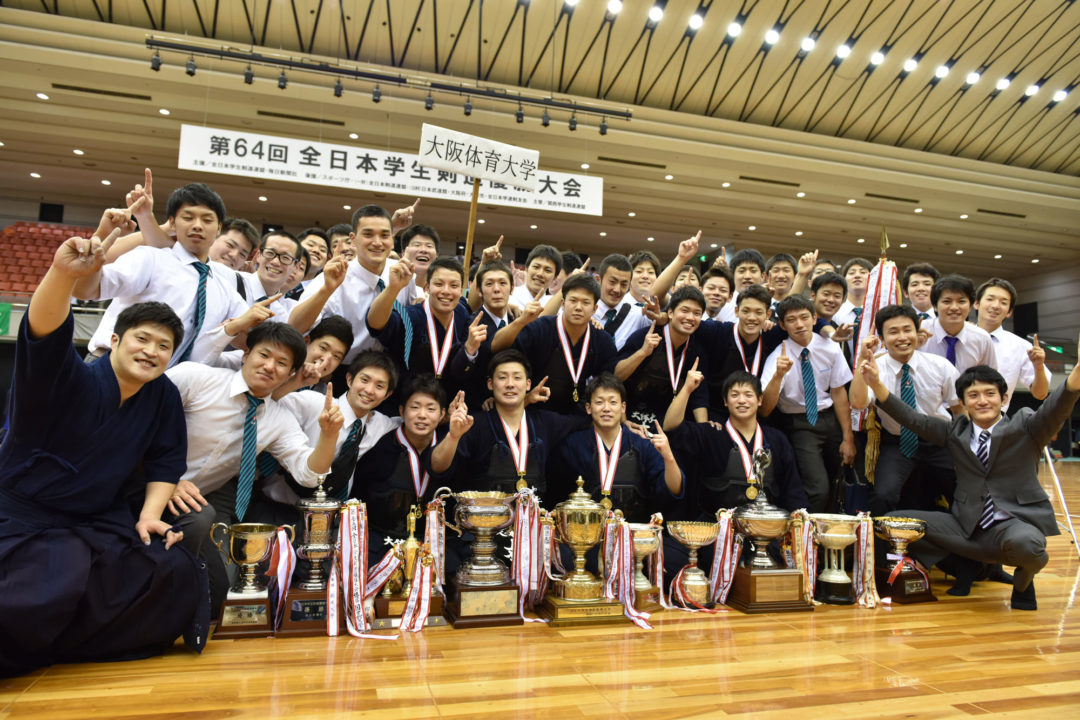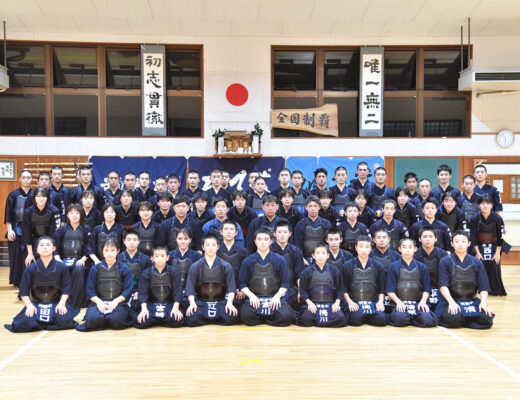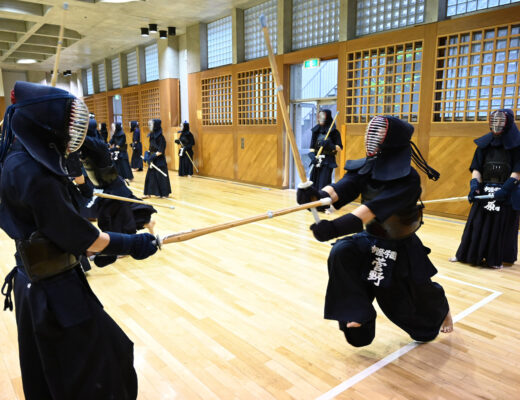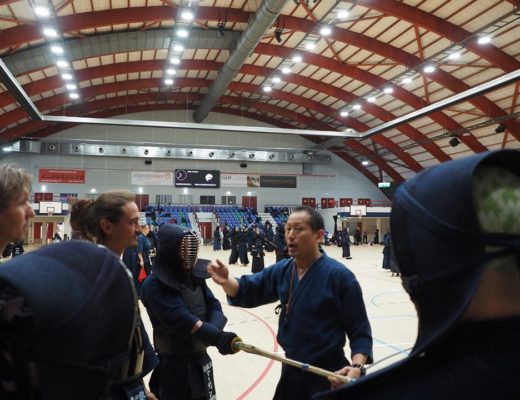KENDOJIDAI 2017.3
At Osaka University of Health and Sport Sciences, keiko times are two hours in the evening from monday to thursday and one hour on three weekday mornings. The purpose of these trainings is to build up strength as an instructor during the four-year university programme and to acquire the skills to become the best in Japan.
Under the guidance and instruction of the coach, Murakami Raita, men and women do keiko together. We reveal to you the main points of the Osaka University of Health and Sport Sciences keiko including video footage.
Profile
Murakami Raita
Born in Hokkaido in 1989. From Toin Gakuen High School he went to the University of Tsukuba until Graduate School and upon graduation became an Assistant Professor at Osaka University of Health and Sport Sciences.
His achievements include National Teachers Group Championship title and All Japan Prefectural Championship third place. Kendo 5th dan.
Experimenting with techniques: Find openings for seme from far distance and strike
During experimenting with techniques, 4 elements are included: shikake-waza, oji-waza, hikiwaza from tsubazeriai, and consecutive oji-waza (4 people strike men and the motodachi responds with 4 oji-waza).
During this technique practice, a point is made about maai. You can’t perform seme if you start from issoku-itto no maai. You need to start from farther away and perform harai or maki waza and think about creating openings for pressure.
“Because it is important to study possibilities for seme rather than mindless striking, it’s key that the motodachi applies seme as if he were to strike as well. This way you get keiko which is close to the real deal”, says coach Murakami.
Before getting into striking range, the challenge is to convince your opponent of your will to strike. Because of this, your opponent will react in some way to prevent it, and you need to capitalize on the change in his kamae and spirit.
The rest of this article is only available for Kendo Jidai International subscribers!






No Comments